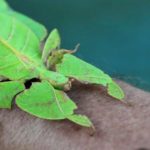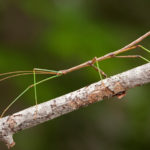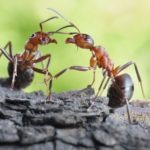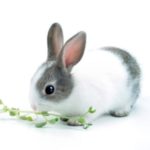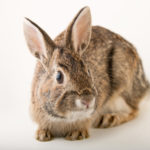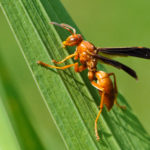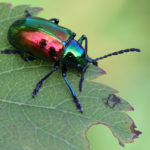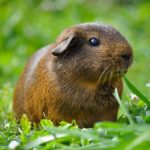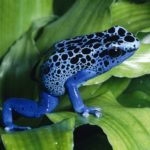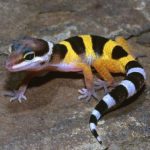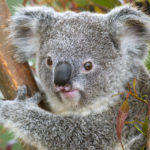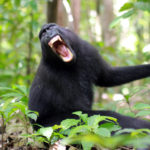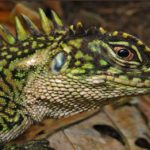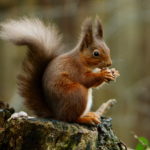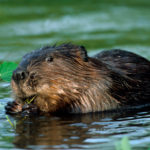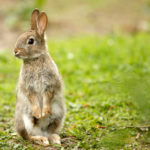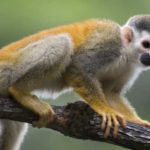Stick insects – information
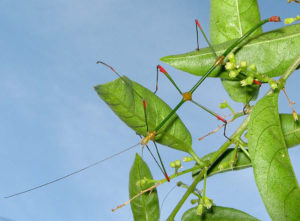 Stick insects are exclusively vegetarians, they eat only vegetable food. Their diet consists of leaves of various plants: woody, shrubby and herbaceous. Several species cause significant damage to agriculture, eating planted crops. In captivity, domestic stick insects prefer fresh branches of fruit trees, such as raspberries, blackberries, dog-rose. Do not give up and leave the leaves of strawberries or oak. Their diet should always have fresh herbs, so breeders harvest forage for a stick for the winter.
Stick insects are exclusively vegetarians, they eat only vegetable food. Their diet consists of leaves of various plants: woody, shrubby and herbaceous. Several species cause significant damage to agriculture, eating planted crops. In captivity, domestic stick insects prefer fresh branches of fruit trees, such as raspberries, blackberries, dog-rose. Do not give up and leave the leaves of strawberries or oak. Their diet should always have fresh herbs, so breeders harvest forage for a stick for the winter.
They freeze branches and leaves or sprout at home acorns. To taste unusual beetles and houseplants: hibiscus and Tradescantia. Therefore, with the maintenance of the stick insect of the house of problems became less. But all the same, it is advised not to change feed to stick insects if they are used to one grade. This can even lead to the death of an insect.
Reproduction of stick insects occurs sexually or parthenogenesis. In the second case, the male is not needed, the female lays eggs, from which only the female individuals leave. Therefore, these insects are dominated by females, the ratio can be 1: 4000. This is facilitated by another factor. Adult mature sticks – imago. To achieve this, there must be several stages of molting. The male has 1 less, so he does not reach his maturity.
During sexual reproduction, fertilization takes place inside, after which the female lays an egg. It looks like an army jar. After the expiration of two months – there are larvae, about 1.5 cm in size.
A week later, the first molt begins and the stick insect grows to a half centimeter. The next 5-6 moults will occur within 4 months. Each moult represents a danger to an insect, during it it can lose one or two of its limbs. The growing individuals are called nymphs. Life expectancy is about one year, and depends on the type and conditions in which they live.
Stick insects are quite numerous species, and are not on the verge of extinction. In addition to one species – a giant stick. This species was again discovered quite recently, it was considered extinct. All the fault was rats. This large enough non-flying insect is 12 cm long and one and a half wide. Now, having artificially multiplied the population, a whole island was designated as a reserve, after destroying all the enemies.
